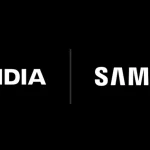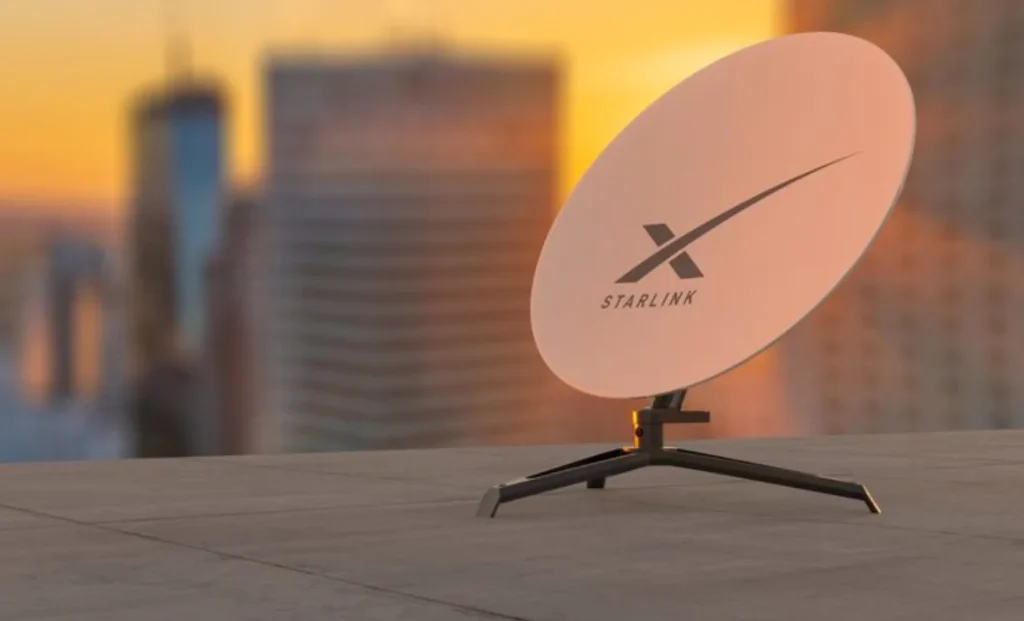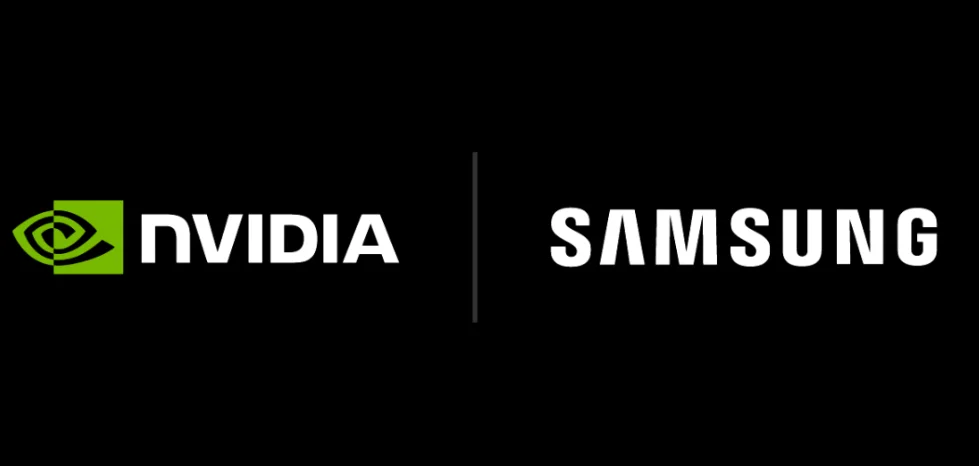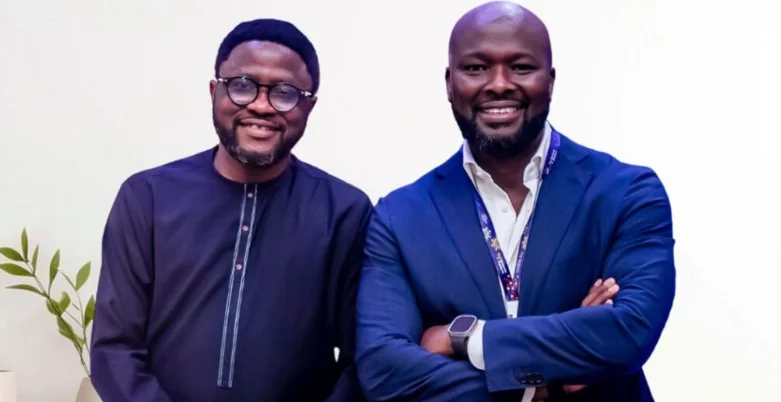Elon Musk’s Starlink, a subsidiary of SpaceX, has signed a landmark partnership with global telecom group Veon, marking its largest direct-to-cell deal to date. The agreement will provide access to over 150 million potential customers across multiple markets, underscoring the growing competition in the satellite-to-smartphone connectivity industry.
The deal will allow Veon to integrate Starlink’s direct-to-cell technology into its mobile networks, starting with Beeline in Kazakhstan and Kyivstar in Ukraine, the companies announced on Thursday.
What the Starlink–Veon Deal Means
This partnership represents a major step forward in global satellite communication, aiming to bridge connectivity gaps in rural and underse rved regions.
Direct-to-cell technology allows ordinary smartphones to connect directly to satellites orbiting the Earth, enabling voice, text, and data services in areas without traditional cellular coverage.
The Kyivstar rollout is scheduled for the fourth quarter of 2025, while Beeline Kazakhstan will follow in 2026. The Kazakhstan announcement coincided with President Kassym-Jomart Tokayev’s visit to Washington, signaling the geopolitical and economic significance of the collaboration.
A Milestone in Satellite-to-Phone Connectivity
“This is the biggest partnership in terms of addressable customer base in the world,” said Ilya Polshakov, Kyivstar’s Director of New Business and the executive leading Veon’s satellite connectivity initiative.
Veon’s operations span Ukraine, Kazakhstan, Pakistan, Bangladesh, and Uzbekistan, and the company plans to expand Starlink-powered connectivity across these regions in the coming years.
The collaboration positions Veon as one of the first major telecom operators to embrace large-scale satellite-to-cell integration, setting the stage for a new era of universal mobile coverage.
A Growing Global Race for Satellite Connectivity
The satellite-to-smartphone race is intensifying as companies like SpaceX (Starlink), AST SpaceMobile, and Lynk Global compete to make satellite-based mobile networks mainstream.
These systems aim to eliminate coverage black spots, enabling users to make calls, send texts, and access the internet even in the most remote regions, without relying on traditional cell towers.
Conclusion
With this partnership, Starlink and Veon are taking a major step toward global, borderless mobile connectivity. The integration of direct-to-cell satellite technology into mainstream telecom networks could revolutionize communication in regions long affected by poor coverage.
As the satellite-to-phone race accelerates, this deal stands as a milestone moment, not just for SpaceX and Veon, but for the future of mobile communication worldwide.












